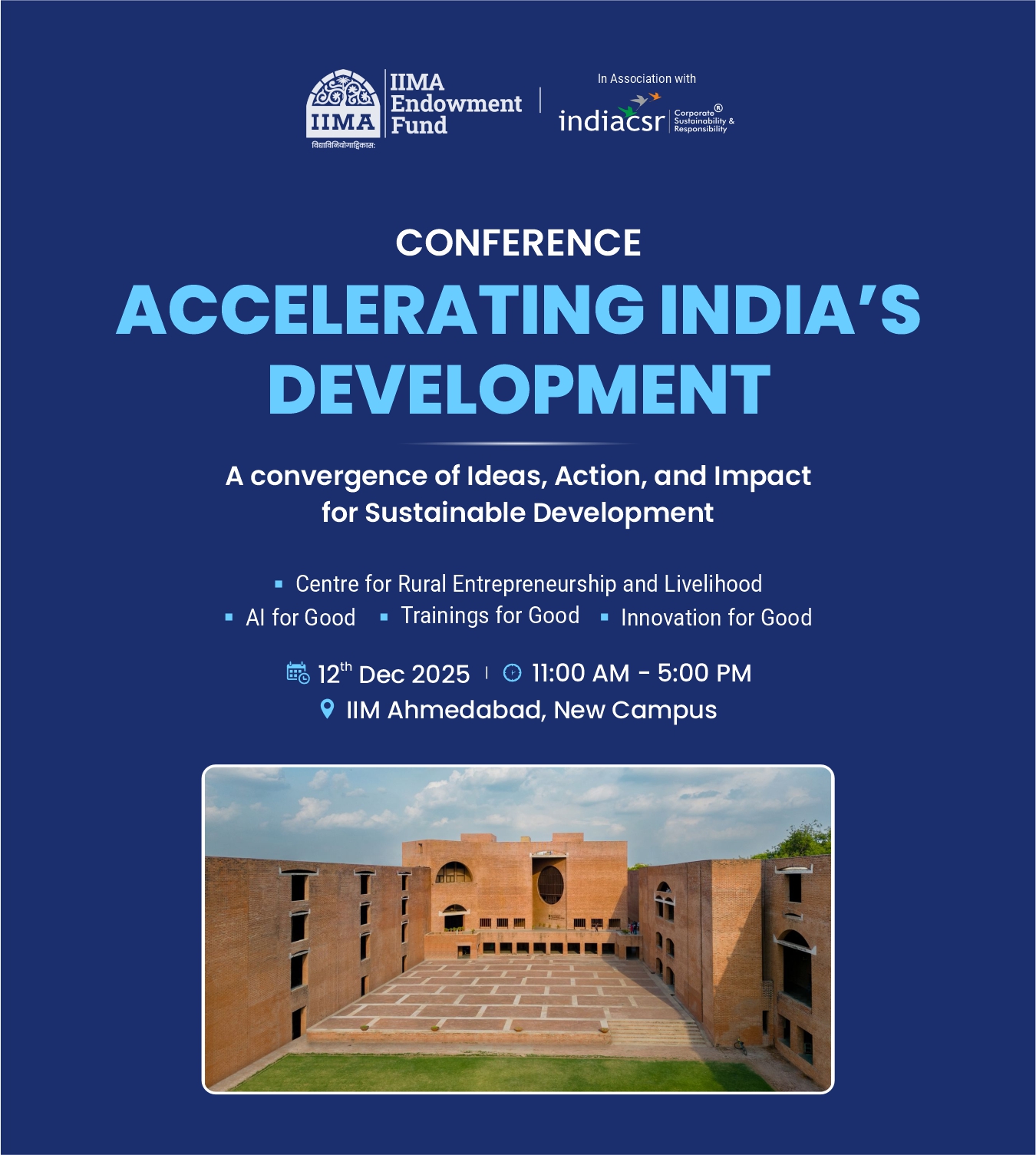Every photograph tells a story, but sometimes the story gets cluttered with elements that detract from your intended message. Perhaps you’ve captured a stunning sunset portrait, but a trash can appears at the frame’s edge. Maybe you’ve photographed your handmade product, but reflections in the surface reveal your messy workshop. Or you’ve taken a beautiful architectural shot, but a parked car disrupts the composition. These imperfections don’t mean the photo is ruined—they simply mean it needs intelligent editing.
The traditional path to photo perfection required either accepting imperfections or investing significant time learning complex software with steep learning curves. Photoshop’s capabilities have been legendary for decades, but so has its complexity. Casual photographers often felt intimidated by layers, masks, adjustment layers, blend modes, and the hundreds of other features that professional editors navigate confidently. Artificial intelligence has democratized precision editing by handling the technical complexity behind intuitive interfaces that focus on what you want to accomplish rather than how the software will accomplish it.
Navigating Precision Editing Tasks
Consider a common scenario: you’ve taken a great photo of your child’s birthday party, but several pieces of clutter appear in the background—a stack of cardboard boxes, some misplaced kitchen items, and a power outlet with visible cords. Each of these elements draws the eye away from the celebratory moment you want to preserve.
Beginning with modern AI editing platforms, you would upload your photo and use simple selection tools to mark each unwanted element. Unlike traditional selection that required careful tracing of every outline, AI-powered selection tools intelligently detect object boundaries. You might simply click on the cardboard boxes, and the system automatically selects the entire stack with precision, recognizing edges even where colors are similar to the background.
Once selected, the removal process leverages AI’s contextual understanding. The system analyzes what surrounds each unwanted object—wall texture, floor patterns, lighting conditions—and generates replacement content that seamlessly integrates into the scene. The reconstructed areas maintain proper perspective, continue any patterns that exist in the background, and match the lighting and color characteristics of surrounding regions.
Detail refinement becomes remarkably precise with AI assistance. Suppose your birthday photo is almost perfect, but you notice that the birthday child has a small smudge on their cheek. Traditional retouching required carefully sampling nearby skin tones and texture, then manually painting over the blemish while trying to match the surrounding area exactly. AI-powered healing tools understand skin texture and can intelligently remove blemishes while preserving natural skin detail, pores, and the subtle color variations that make skin look real rather than artificially smoothed.
Color grading—the process of adjusting overall color and tone to create specific moods or looks—becomes more precise through AI that understands scene elements. Tools available through platforms like photoeditorai.io can recognize different components of your image and apply color adjustments appropriately to each. Skin tones receive different treatment than skies or foliage, ensuring that your creative color adjustments enhance the mood without producing unnatural-looking subjects.
Advanced Techniques for Complex Edits
Background replacement represents one of the most dramatic AI-powered editing techniques. Perhaps you’ve photographed someone against a cluttered background when you wished for something cleaner or more appropriate. Traditional background replacement required extraordinarily precise selection, often taking an hour or more for a single image to avoid visible edges or the dreaded “halo effect” around the subject.
Modern AI tools approach this challenge with sophisticated edge detection that can identify individual hair strands, semi-transparent elements like fabric, and complex outlines with precision that human editors would struggle to match manually. The Nano Banana technology exemplifies this capability, automatically detecting and preserving fine details while cleanly separating subjects from backgrounds.
The replacement process extends beyond simple extraction. When placing your subject against a new background, AI adjusts lighting, colors, and even perspective to create cohesive results. If your subject was photographed in warm indoor lighting but you’re placing them against a cool outdoor scene, the AI can adjust their coloring to match the new environment. Similarly, if perspective or scale needs adjustment, these modifications happen automatically while maintaining natural proportions.
Object addition and extension showcase AI’s generative capabilities. Suppose you have a landscape photo where the sky is beautiful but somewhat plain—you’d like to add interest with a few clouds. AI generators can create realistic clouds that match the lighting, perspective, and style of your existing sky. The same capability works for extending image borders when you need more space around your subject, generating new content that seamlessly continues from the existing edges.
Selective focus adjustment has become remarkably precise through AI. Perhaps you photographed a subject where the background is distractingly sharp, drawing attention away from your main subject. AI can analyze depth cues in your image and apply realistic blur that mimics the effect of shooting with a wider aperture lens. The system understands which elements are at different distances and applies appropriate amounts of blur while maintaining natural appearance, including realistic bokeh patterns in out-of-focus highlights.
Specialized Applications and Creative Possibilities
Restoration of old or damaged photographs benefits tremendously from AI precision. Historical family photos often suffer from physical damage—tears, creases, fading, or staining. AI restoration tools can analyze damaged areas, understand what the original photo likely looked like based on surrounding context and learned patterns from thousands of similar photos, and reconstruct missing or damaged sections with remarkable accuracy.
Fashion and beauty editing requires particular precision to enhance subjects while maintaining authentic appearance. Over-editing produces the artificial, overly-smoothed look that has rightfully received criticism. AI beauty tools can selectively refine skin while preserving texture and natural variation, adjust makeup colors precisely, and even modify subtle elements like eye color or teeth whitening without making subjects look unnaturally altered.
Architectural photography presents unique challenges that AI addresses effectively. Buildings photographed from ground level often appear to lean backward due to perspective distortion. AI correction straightens these vertical lines while maintaining natural proportions and avoiding the artificial appearance that sometimes results from manual perspective correction. Similarly, interior photography benefits from AI-powered lighting adjustment that brightens dark corners while maintaining the sense of three-dimensional space.
Product photography for commercial purposes demands absolute precision. Items must appear accurately while looking their absolute best—colors must be true, lighting must reveal details clearly, and backgrounds must be clean and distraction-free. AI editing enables rapid processing of multiple products, applying consistent enhancement across entire catalogs while adapting intelligently to each item’s specific characteristics.
Conclusion
In conclusion, AI-powered precision editing has revolutionized photography, making professional-level adjustments accessible to everyone. From removing distractions and refining details to advanced background replacement and realistic object generation, AI tools handle complex tasks with remarkable accuracy. Beyond technical fixes, these technologies unlock creative possibilities, enabling photographers to restore, enhance, and reimagine images while preserving authenticity. By bridging the gap between skill and vision, AI empowers both casual and professional photographers to tell their stories with clarity, impact, and artistic precision.
(India CSR)





